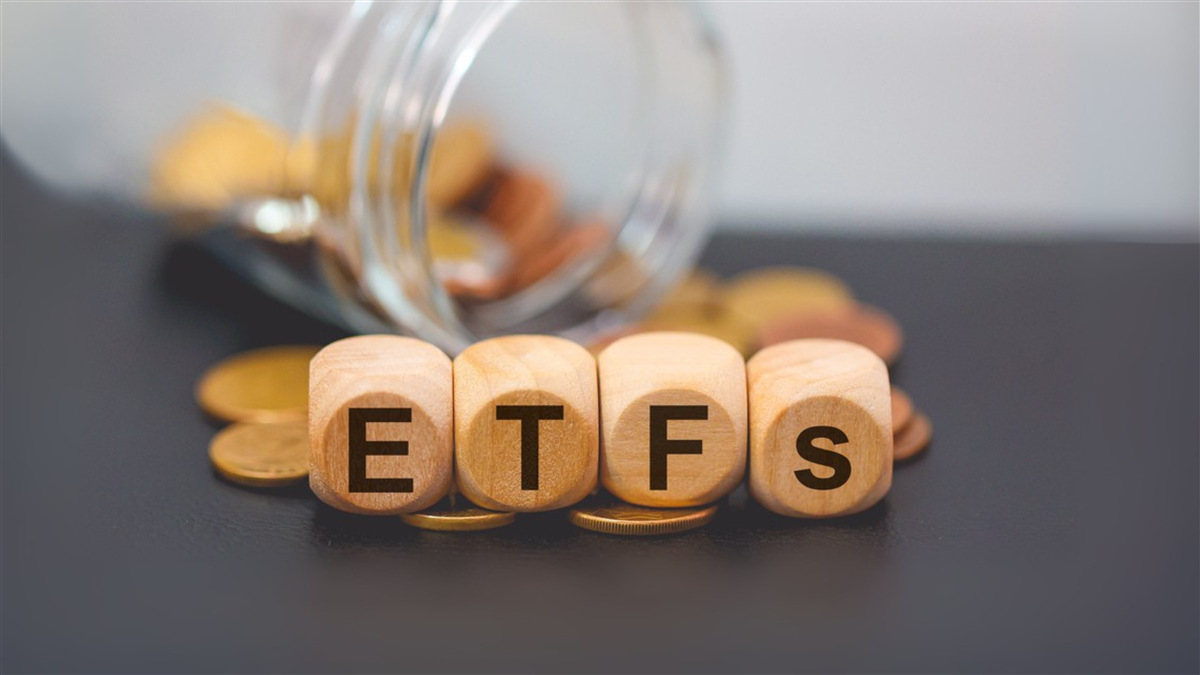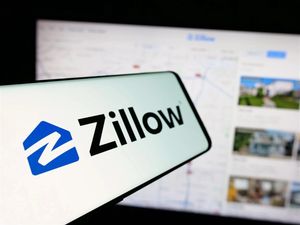The U.S. Regenerative Cotton Fund is an Industry-First Initiative to Assist Farmers in Implementing Regenerative Agricultural Practices Across More Than One Million Acres of U.S. Cotton Cropland; Drawing Down One Million Metric Tons of Carbon Dioxide Equivalent from the Atmosphere by 2026
The Ralph Lauren Corporate Foundation and the Soil Health Institute today announced a founding grant to launch the Institute’s U.S. Regenerative Cotton Fund (USRCF), a unique, farmer-facing, science-based initiative that will support long-term, sustainable cotton production in the United States, with the goal of eliminating one million metric tons of carbon dioxide equivalent (CO2e) from the atmosphere by 2026.
“At the Ralph Lauren Corporate Foundation, we work to make the dream of a better life a reality by championing equity and creating positive change in communities around the world. Partnering to scale solutions that build community resilience are powerful ways to positively impact people’s lives, now and for the future,” Roseann Lynch, Ralph Lauren Corporation’s Chief People Officer and Head of the Ralph Lauren Corporate Foundation, said. “The U.S. Regenerative Cotton Fund is an ambitious effort crafted in partnership with the experts at the Soil Health Institute that puts growers at the center of creating a sustainable future for U.S. cotton production.”
“We are very grateful for the opportunity to promote soil health and to assist cotton farmers across the U.S. with storing more carbon, building drought resilience, and mitigating the very effects of climate change that are impacting us all,” Dr. Cristine Morgan, Chief Scientific Officer for the Soil Health Institute and leader of the U.S. Regenerative Cotton Fund, said. “To achieve widespread environmental benefits from regenerative agriculture means we must understand farmers’ needs and experiences when adopting these practices. Adoption is hindered by a lack of information on the business case, locally relevant soil health education programs, and until now, knowledge of how healthy a given soil can become and what that means for improving drought resilience, yield stability, economics, and other benefits for farmers.”
Significant opportunity exists for expanding adoption of climate-friendly soil health practices in cotton production. Based on data from the U.S. Department of Agriculture (USDA) Census of Agriculture, only eight percent of cotton cropland is managed using cover cropping and 21 percent is managed using no tillage. The USRCF will empower cotton farmers to adopt regenerative practices, like cover cropping and no till, in a way that benefits their operation. Regenerative agricultural practices can address issues important to both consumers and the environment, such as climate change, water quality, and pollinator habitat. The program will also help to ensure farmers can generate long-term value for their operations including increased profitability.
“After a heavy, 1-3 inch rainfall, that’s where cover crops really shine,” said Burton Heatwole, who grows cotton, corn, and other crops on his family’s 1500-acre farm near Millen, GA. “We have no runoff, no wash-outs, and the water in our ditches and ponds is clean. One thing I wish all farmers knew is how a cover crop can help them take advantage of all the sunshine, rain, and growing that can take place from September through November to improve soil health.”
The USRCF is supported by a five-million-dollar grant from the Ralph Lauren Corporate Foundation. Currently, cotton makes up more than 80 percent of Ralph Lauren Corporation’s total material use. As part of Ralph Lauren’s Global Citizenship & Sustainability goals, the Company has committed that by 2025, 100 percent of key materials, including cotton, will be sustainably sourced. The Foundation’s USRCF initiative complements Ralph Lauren’s work to pioneer, foster and scale sustainable innovation through partnerships and investments including its work with Natural Fiber Welding, Inc. and Color on Demand. Additionally, the USRCF will work to unite the interests of farmers, partners, and financial supporters around soil health as the foundation for regenerative agriculture. Participating partners of the Fund include Cotton Incorporated, National Cotton Council, and Field to Market.
“Our support of the U.S. Regenerative Cotton Fund, led by the Soil Health Institute, continues Cotton Incorporated’s holistic approach and producer focus for achieving the environmental and economic benefits generated by improving soil health,” Kater Hake, Vice President of Agricultural and Environmental Research at Cotton Incorporated, said.
“SHI’s North American effort to identify a minimum, cost-effective set of soil health indicators enables us all to work together to improve soil health,” Allison Thomson, Vice President, Science & Research at Field to Market, said. “We are thrilled to work with them on a shared approach to strengthen science-based soil health and soil carbon measurement.”
“We like to see this level of engagement from a U.S. nonprofit like SHI that is focused on delivering benefits to cotton growers,” Dr. Gary Adams, President and CEO of the National Cotton Council and President of the U.S. Cotton Trust Protocol, said. “We look forward to working synergistically with the SHI Team to improve soil health at scale and make U.S. cotton the most regenerative fiber in the world.”
The USRCF will initially operate in four states – Arkansas, Texas, Mississippi and Georgia and will look to expand into Alabama, North Carolina, Missouri, California and Oklahoma as these nine states represent 85 percent of U.S. cotton production. The Soil Health Institute will work closely with cotton farmers to help them measure and monitor the environmental, societal, and economic benefits of soil health management systems on their operations. Through the USRCF, improvements in soil health and carbon sequestration will be measured through an approach developed by the Soil Health Institute called soil health and soil carbon targets. The USRCF will also engage with Historically Black Colleges and Universities (HBCUs), specifically those with agricultural programs, to develop increased access to career paths in decision-making positions in U.S. agriculture and establish mentoring programs to help prepare the next generation of scientists and leaders in agriculture.
To learn more about the U.S. Regenerative Cotton Fund visit https://soilhealthinstitute.org/usrcf/ or contact Byron Rath at brath@soilhealthinstitute.org.
About the Soil Health Institute
The Soil Health Institute is a global 501(c)(3) non-profit with a mission to safeguard and enhance the vitality and productivity of soil through scientific research and advancement. We bring together leaders in soil health science and the industry to help farmers, ranchers, and landowners adopt soil health systems that build drought resilience, stabilize yield, and benefit their bottom line. The Institute’s team of scientists, holding doctorates in various soil science and related disciplines, has developed highly effective soil health targets and standardized measurements to quantify progress at achieving regenerative and sustainable agricultural systems, and leads the cutting-edge fields of carbon sequestration and decoding the soil microbiome. Healthy soils are the foundation for rejuvenating our land. Together, we can create a secure future for all, mitigate the effects of climate change, and help agriculture and organizations meet production and environmental goals at scale. Visit www.soilhealthinstitute.org to learn more and follow us on LinkedIn, Twitter, and Facebook.
About The Ralph Lauren Corporate Foundation
The Ralph Lauren Corporate Foundation works to make the dream of a better life reality by championing equity and empowering underserved communities around the world. Established in 2001, the Foundation is committed to making a difference across its core areas of focus: supporting cancer care and prevention, protecting the environment, fostering advocacy & access, and strengthening community resilience. It hopes to deliver meaningful change in its communities through its nonprofit partnerships, investments and volunteering programs. For more information, please visit: https://corporate.ralphlauren.com/Foundation.
ABOUT RALPH LAUREN
Ralph Lauren Corporation (NYSE: RL) is a global leader in the design, marketing and distribution of premium lifestyle products in five categories: apparel, footwear & accessories, home, fragrances and hospitality. For more than 50 years, Ralph Lauren has sought to inspire the dream of a better life through authenticity and timeless style. Its reputation and distinctive image have been developed across a wide range of products, brands, distribution channels and international markets. The Company’s brand names—which include Ralph Lauren, Ralph Lauren Collection, Ralph Lauren Purple Label, Polo Ralph Lauren, Double RL, Lauren Ralph Lauren, Polo Ralph Lauren Children and Chaps, among others—constitute one of the world’s most widely recognized families of consumer brands. For more information, go to https://corporate.ralphlauren.com.
ABOUT DESIGN THE CHANGE
Design the Change, Ralph Lauren Corporation’s strategy, is both a commitment and a journey to create a positive impact in society. It is based on our belief that, together with our industry, we can deliver the change required for a more sustainable and equitable future for all. Design the Change is anchored in commitments that will drive progress across our three focus areas: Creating Timeless Style, Protecting the Environment and Championing Better Lives, and it is underpinned by ambitious goals that guide the Company’s work across citizenship and sustainability. Ralph Lauren is a signatory to the We Are Still In declaration and the UN Fashion Industry Charter for Climate Action, pledging to limit our emissions in line with the Paris Agreement goals. The Company is also a member of the G7 Fashion Pact, a group of fashion leaders working to stop global warming, restore biodiversity and protect the oceans. For more information, visit our Company website.
View source version on businesswire.com: https://www.businesswire.com/news/home/20211026005410/en/
Contacts
Laurent Lawrence, Ralph Lauren: Laurent.Lawrence@RalphLauren.com (914.262.3952)
Byron Rath, Soil Health Institute: brath@soilhealthinstitute.org (718.916.3822)






